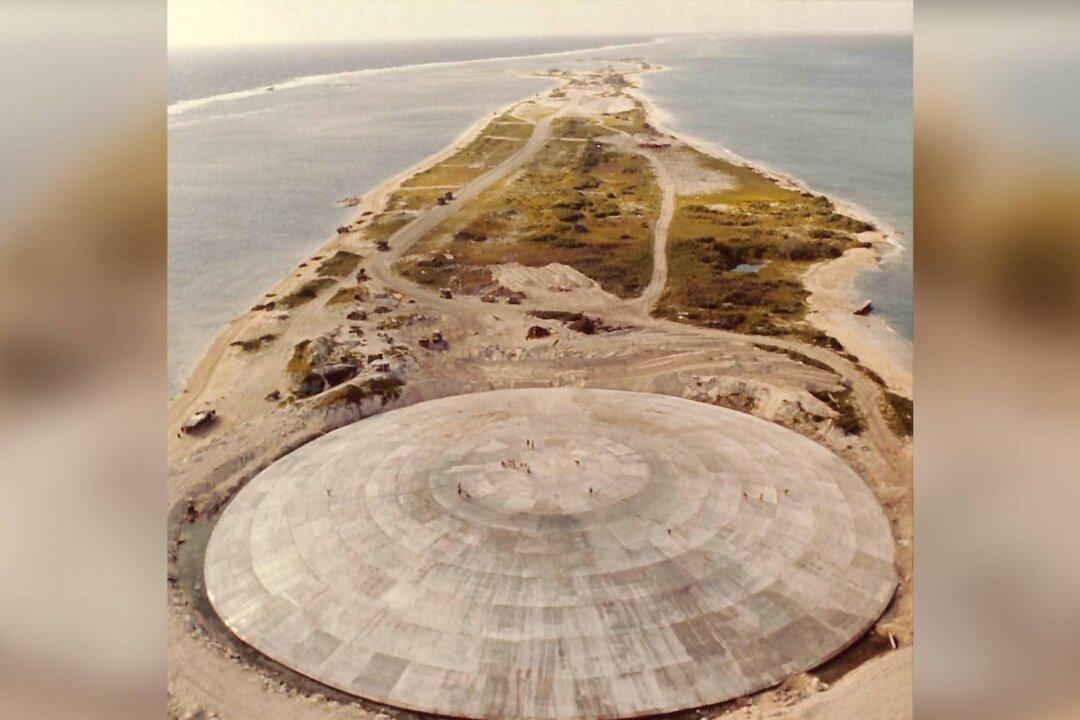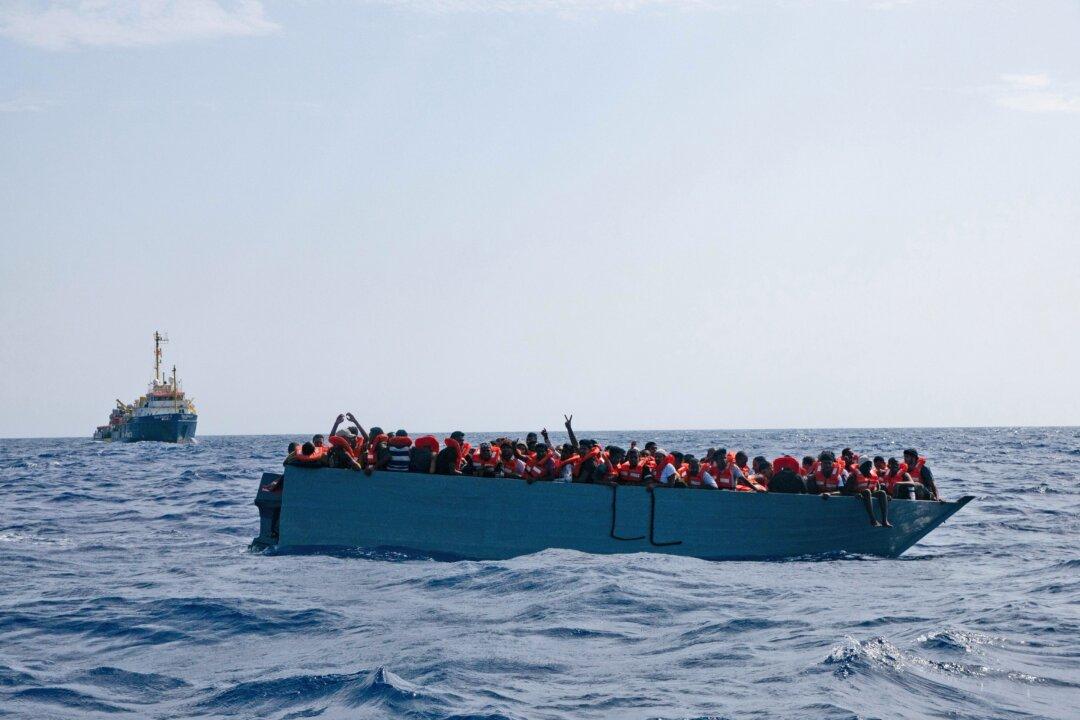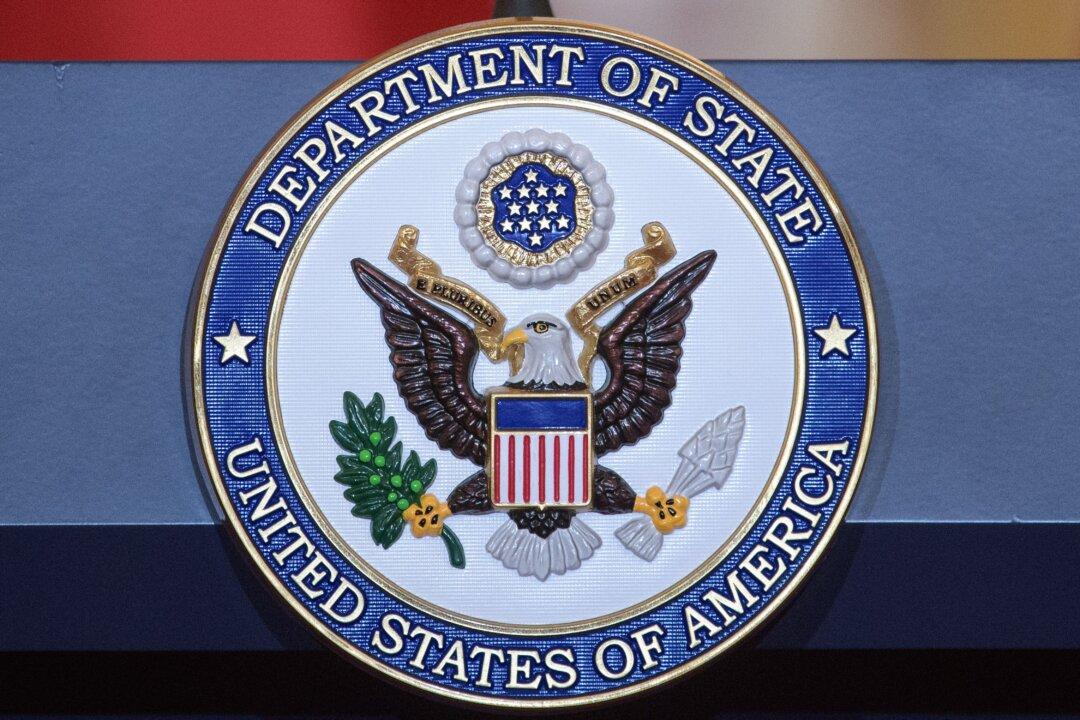Radioactive waste from the Cold War era stored under a concrete dome in the Marshall Islands might be leaking into the Pacific Ocean.
Secretary of Energy Dan Brouillette has been instructed to report to Congress within six months on the status of the radioactive debris encapsulated in Runit Island, part of Enewetak Atoll in the Marshall Islands.





